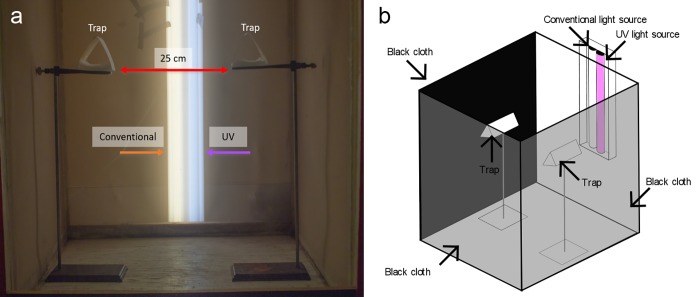Fig 2. General design for behavioural bioassays.
(a) Photo (front view) of the behavioural bioassay design, showing paired Delta traps inside a mesh cage, and the position of a conventional and UV light source. (b) Schematic drawing (top/lateral view) of the behavioural bioassay design, showing three side walls covered in black cloth, paired Delta traps, and the two light sources. For each bioassay replicate, 50 virgin, 1- to 3-day-old females were released into the cage, and trap captures were recorded 24 h later.

